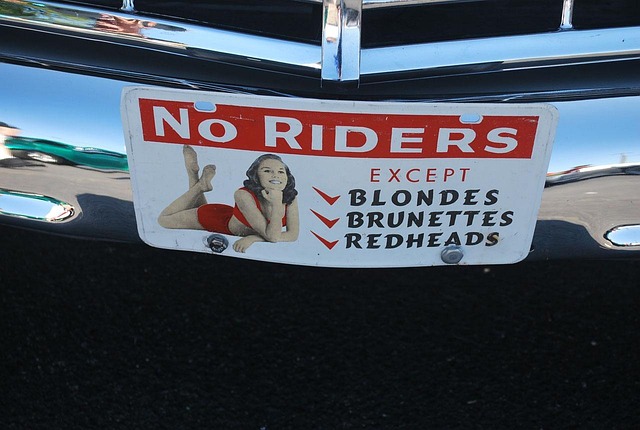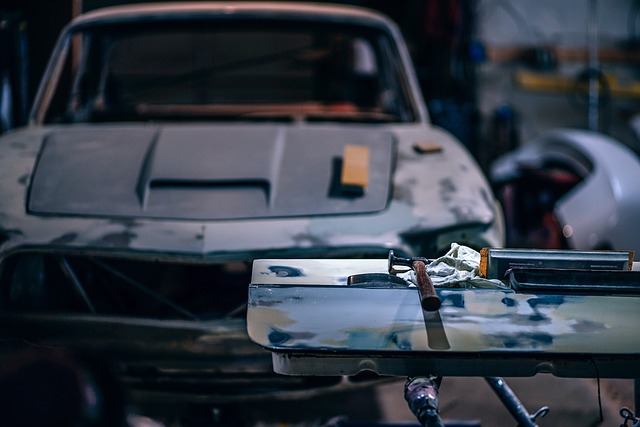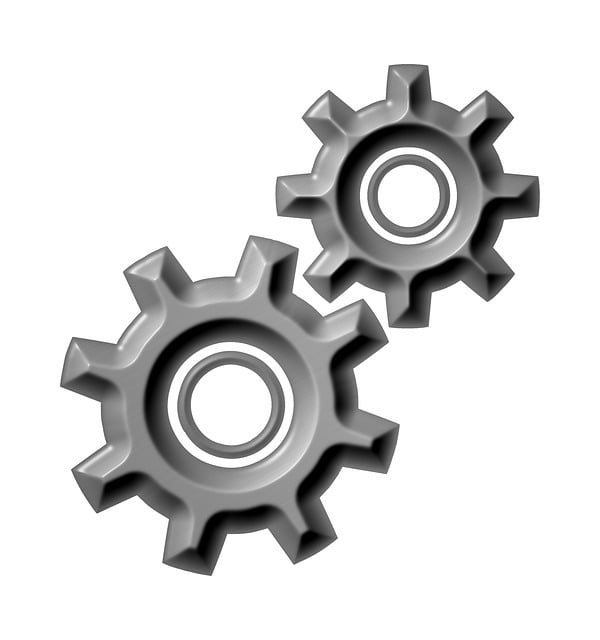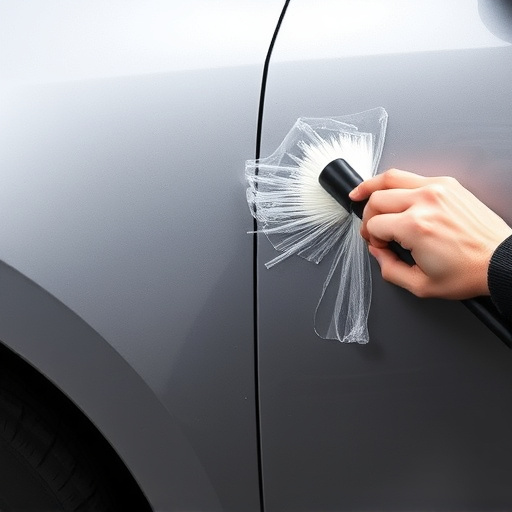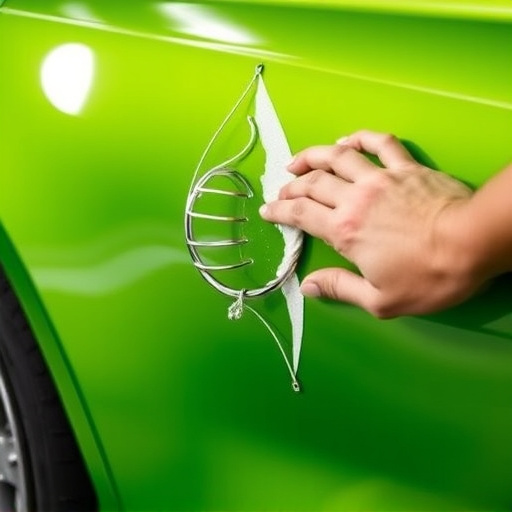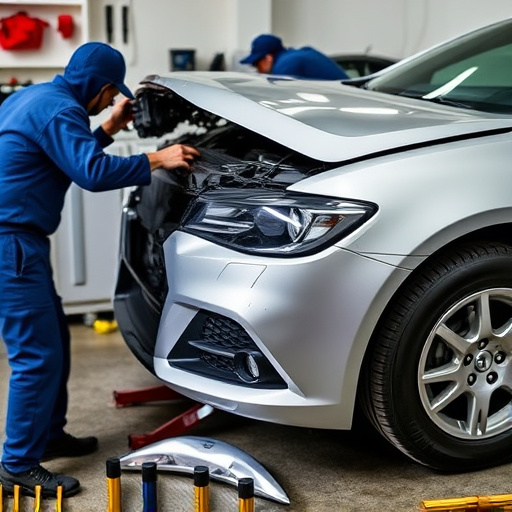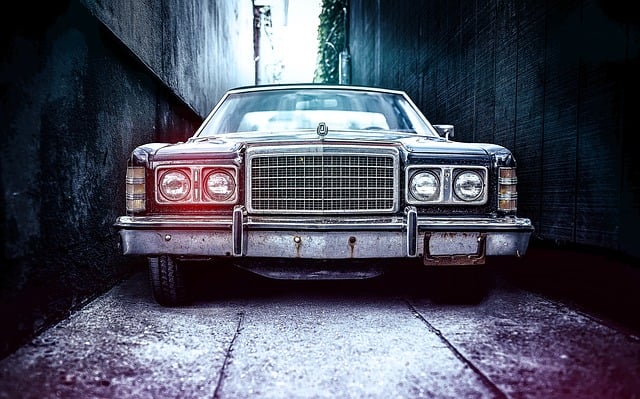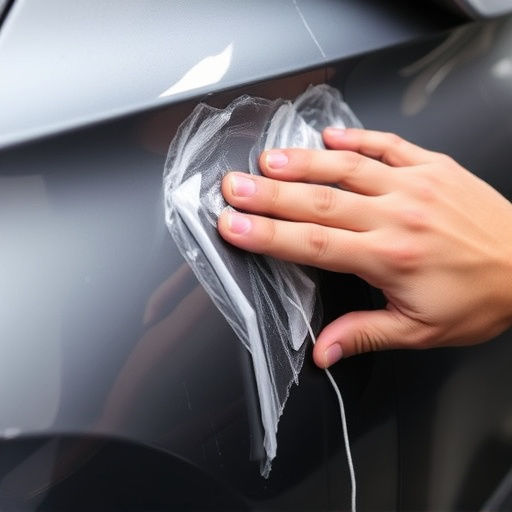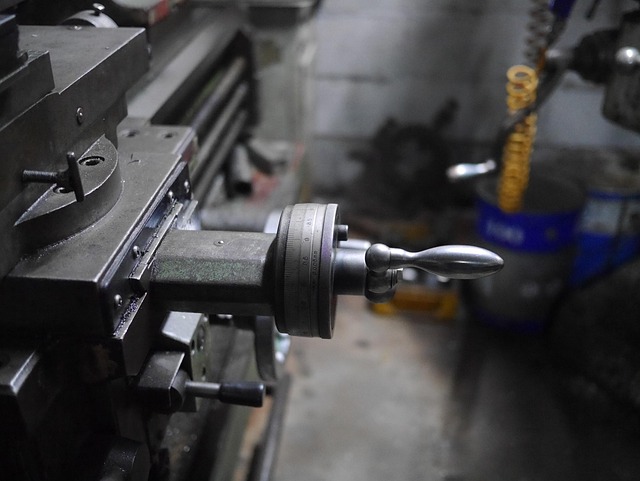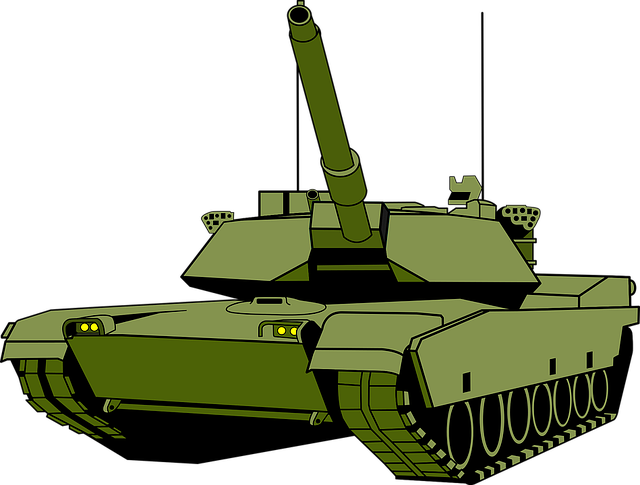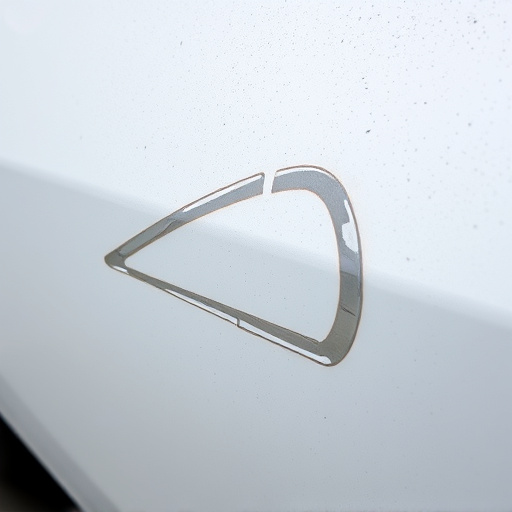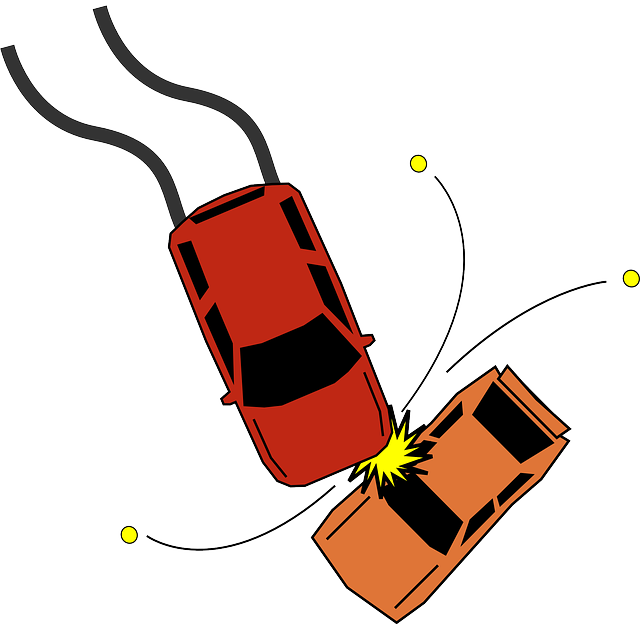Understanding your rights and responsibilities in claim dispute resolution is crucial after a car accident. Knowing entitled damages and fulfilling obligations ensures fair compensation during collision repair. Effective communication through open dialogue builds trust, leading to agreeable solutions. Exploring alternative dispute resolution methods like mediation or arbitration offers swift, mutually beneficial outcomes for body shop services disputes.
Navigating a claim dispute can be complex, but with the right approach, it doesn’t have to be overwhelming. This article offers 10 practical tips for successfully resolving claim disputes, empowering individuals to protect their rights and achieve favorable outcomes. From understanding your legal standing to employing effective communication strategies, these insights guide you through every step of the process. By exploring diverse dispute resolution options, you’ll discover innovative ways to resolve conflicts, ensuring a smoother journey towards closure.
- Understanding Your Rights and Responsibilities
- Effective Communication: Key to Success
- Exploring Dispute Resolution Options
Understanding Your Rights and Responsibilities
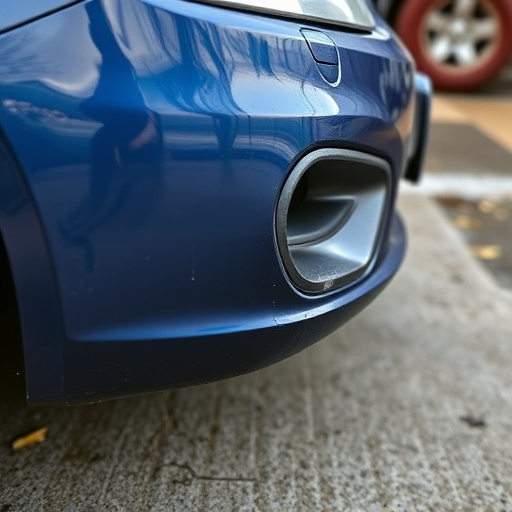
Understanding Your Rights and Responsibilities is a crucial step in any claim dispute resolution process. When involved in a car accident, it’s essential to be aware of your entitlements as a claimant or defendant. This includes knowing what damages you can seek, such as medical expenses, lost wages, and vehicle repairs, especially when dealing with a collision repair shop or car body shop. Each party has specific obligations; for instance, reporting the incident promptly, preserving evidence, and cooperating with insurance providers.
Failing to fulfill these responsibilities could negatively impact your claim. For example, if you’re seeking compensation for damage to your vehicle from a collision repair process, ensuring that all paperwork is completed accurately and within deadlines is vital. Being informed about your rights and duties equips you to navigate the dispute resolution process more effectively, ultimately leading to a fairer outcome.
Effective Communication: Key to Success
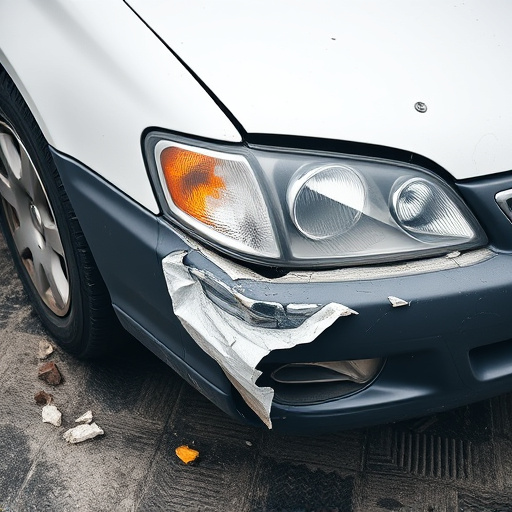
Effective communication is a cornerstone of successful claim dispute resolution. The process involves multiple stakeholders—insurers, claimants, and repair facilities like collision repair centers—each with their own perspectives and interests. Open and clear dialogue is essential to ensuring everyone understands the issues at hand and works towards mutually agreeable solutions. This includes active listening, where all parties carefully consider each other’s arguments, concerns, and needs.
Moreover, keeping lines of communication open facilitates transparency in the claim process. For instance, discussing the details of a vehicle repair with an automotive specialist can help clarify extent of damage and potential costs, avoiding misunderstandings that could delay resolution. Effective communication also builds trust among all involved, which is crucial for reaching fair settlements, especially when dealing with complex cases or high-value claims.
Exploring Dispute Resolution Options
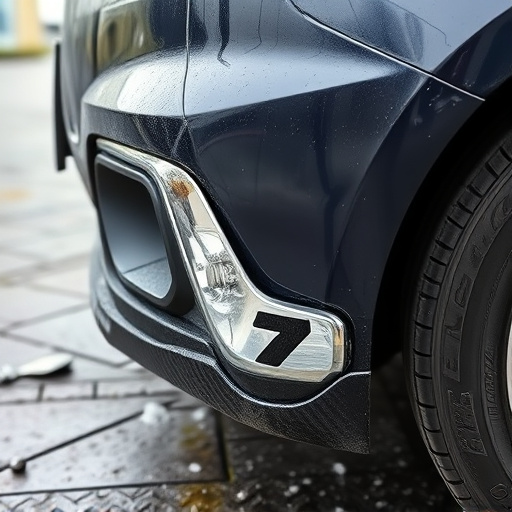
When faced with a claim dispute, understanding your options for resolution is crucial. The first step is to evaluate the nature and scope of the disagreement, considering both your perspective and that of the other party involved. This process often involves exploring alternative dispute resolution (ADR) methods, which offer a more collaborative approach compared to traditional litigation. ADR techniques such as mediation or arbitration can be particularly beneficial in resolving claims related to collision repair or bumper repairs, ensuring a swift and mutually agreeable outcome.
In the context of body shop services, where disputes might arise from differing opinions on damage assessment or repair quality, having a range of resolution options allows for more flexibility and control. By examining these alternatives, you can navigate the claim dispute process efficiently, whether it’s through direct negotiations, involving a neutral third party in mediation, or opting for arbitration to reach a binding decision without going to court. Each method has its advantages, catering to various preferences and the complexity of the dispute, ultimately aiming for a fair resolution that meets the needs of all parties involved in the collision repair process.
Navigating claim dispute resolution requires a strategic approach. By understanding your rights, communicating effectively, and exploring various resolution options, you can successfully manage and resolve disputes efficiently. Remember that clear communication and a willingness to explore alternatives are key to achieving favorable outcomes in any claim dispute resolution process.
